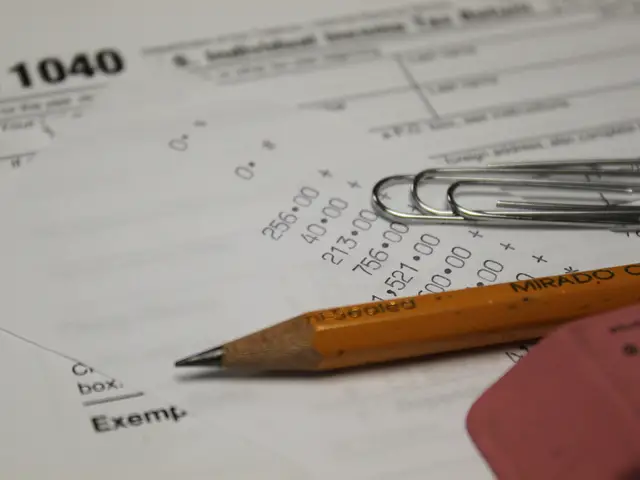Last Updated on 11/11/2017 by GS Staff
When you apply for a mortgage, it is likely that your lender will have you sign IRS Form 4506-T. A signed 4506-T gives the lender the ability to obtain tax return transcripts for the years that they request. It can also verify past form W-2, form 1099, and other related income documents. The 4506-T even provides the lender with the ability to verify nonfiling of a return.
It is a common practice of many lenders to request the tax returns transcripts upon receipt of tax returns from the borrower. The transcripts can be received back after requested in approximately two to three days.
Once the transcripts are received, the lender (underwriter) will often review the transcripts against the actual tax returns to verify they match. If the transcripts do not match the tax returns, the underwriter will attempt to determine the cause of the discrepancy if it is material to the loan approval.
Another typical reason that the lender requests the transcripts is when a written verification of employment (VOE) is provided in lieu of a pay stub for income verification. The written VOE is completed by the employer and includes information such as the start date of employment, position, and income for the current year and prior two years. Lenders will routinely request transcripts from the IRS to verify the income disclosed on this form.
The above are just a couple of examples why a lender might request the tax return transcripts. Each lender has their own guidelines that dictate when the transcripts should be requested. The lender uses these transcripts as a means to protect themselves against unreported losses, misrepresentations or fraud in some cases.
Some things that are found on the transcripts that can impact the loan approval are undisclosed business losses, undisclosed rental property losses, and unreimbursed expenses that reduce the borrower’s qualifying income. Generally, if the full tax returns are supplied to the lender during qualification, these issues are discovered without the transcripts.
In some cases, it can be beneficial to the borrower for the lender to review the tax return transcripts. For example, a borrower may have difficulty qualifying for a loan based on the income calculate from his pay stub. Let’s assume the lender requests the tax return transcripts and discovers the borrower failed to disclose business income that he has been receiving for several years (yes, it does happen). The lender can potentially use this income for loan qualification purposes if the actual tax returns are provided for review.
We should note that the lender has the ability to request the tax return transcripts not just during the loan approval process but after the loan closes as well. Lenders can use the 4506-T as a method to audit the loan after it closes.
Image Credit: ptmoney.com via flickr
